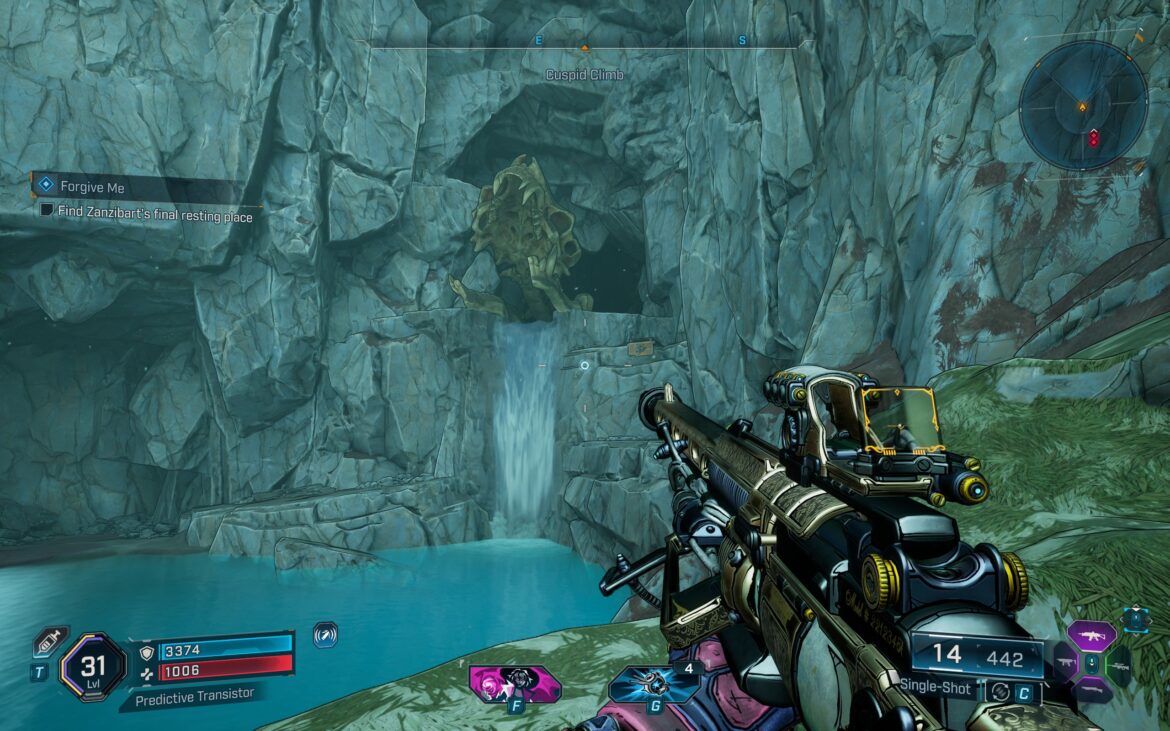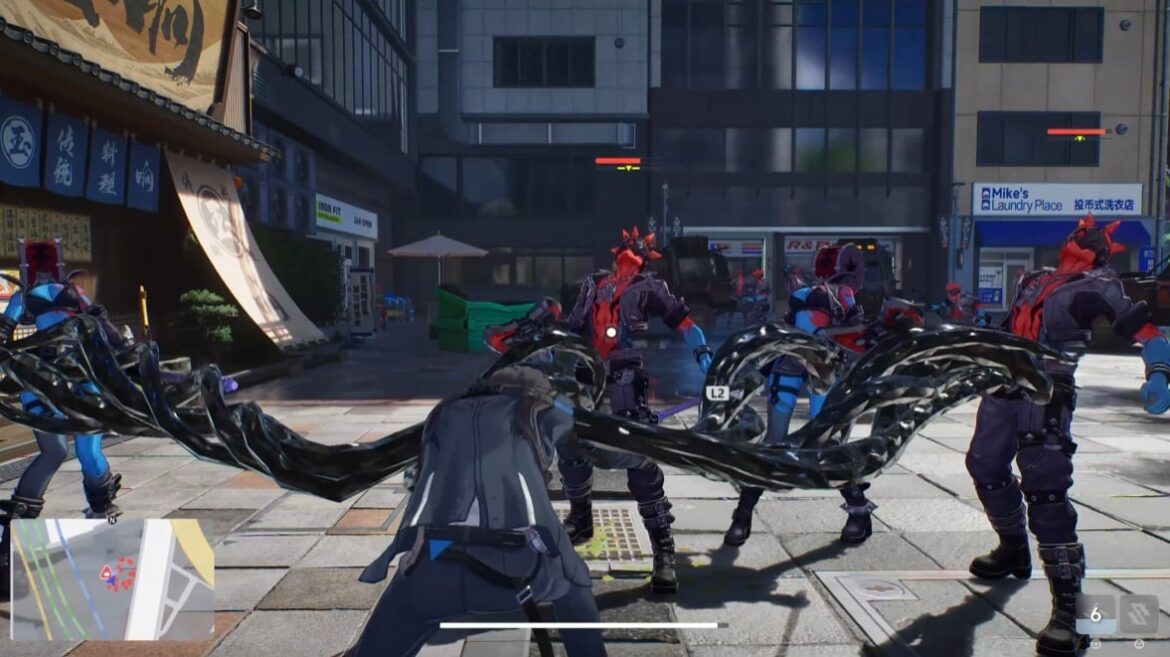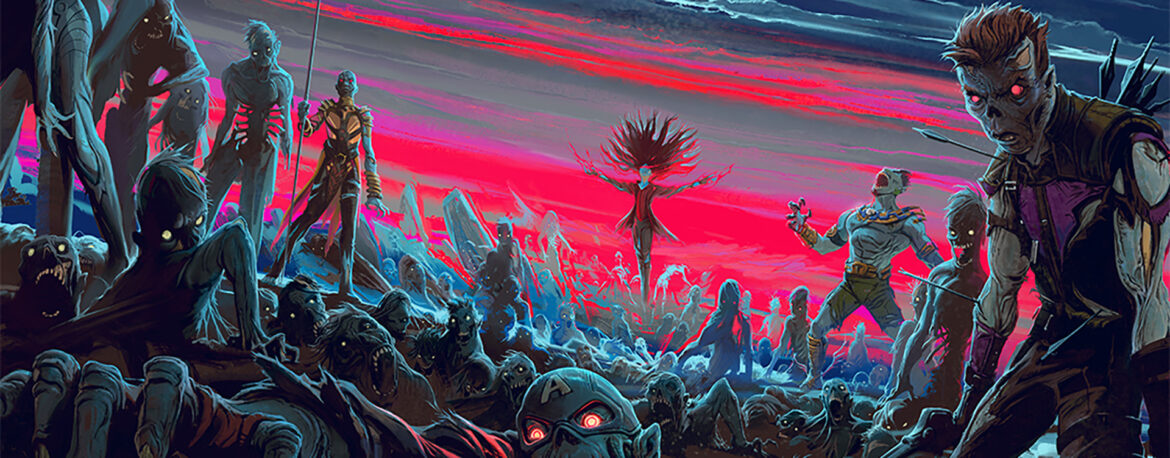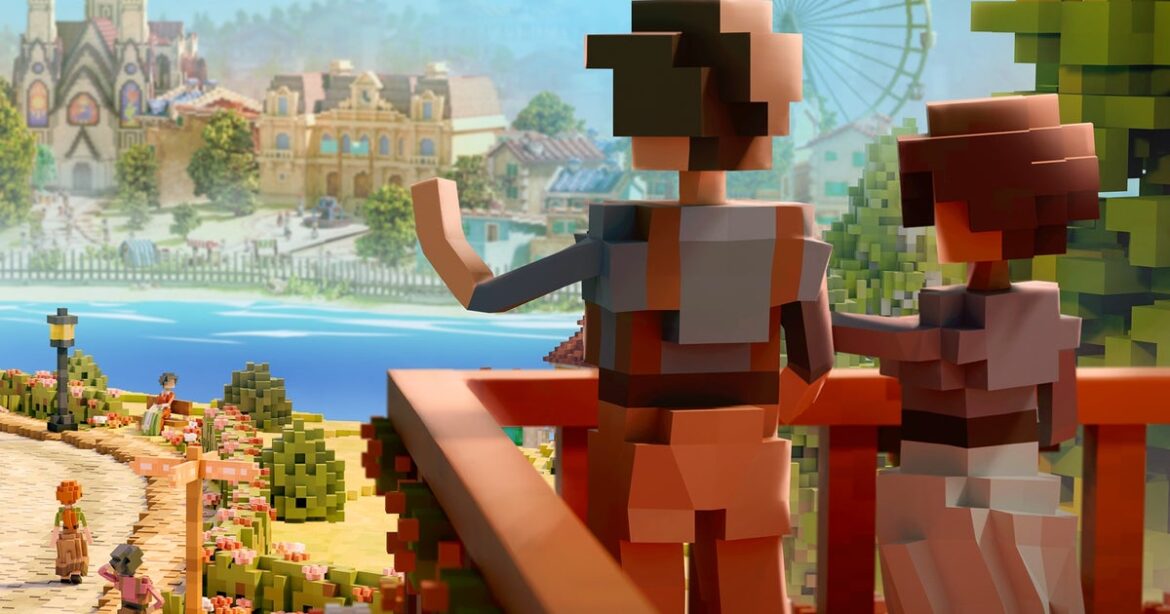If you saw the leaks, you probably already know that haptics are the big, new thing in Logitech’s $119.99 MX Master 4 wireless mouse, coming in October. No, it’s not adding rumble effects to YouTube videos or to your favorite websites (on second thought, I’d like to try that). And, it’s different from Logitech’s haptics-based click system in its Pro X2 Superstrike gaming mouse coming in 2026.
The Haptic Sense Panel embedded in its grippy thumb rest vibrates when pressed, opening Logitech’s Action Ring overlay. That overlay can be filled with whatever app- and system-level shortcuts you want. You can even nest multiple Action Rings within one, if you want, letting you drill down to extremely specific commands. The haptics is a hardware feature that, unsurprisingly, requires you to engage pretty heavily with the company’s software, Logi Options Plus.
The haptics punctuate every engagement you make with Logitech’s features, from gestures and Action Rings to its Smart Actions (pre-made or custom macros to automate certain tasks). My favorite use case for the haptics was one that’s switched off by default; you can enable a setting that provides a small jolt of haptic feedback when you move between screens, reducing the amount of “where on earth is my cursor?” moments each day.
Image: Logitech via The Verge
Before digging into the app integration, it’s worth sharing what’s new about the MX Master 4 itself. It has frosted, semi-transparent main buttons that add in a dash of elegance. Some people might be happy to hear that this model includes a USB-C Bolt transmitter, which the other compatible Logitech products (including the new Signature Slim Solar Plus keyboard) can connect to as well.
In terms of battery life, Logitech claims it can last up to 70 days on a full charge (although, setting haptics to “high” intensity in the app will yield a shorter lifespan per charge).
Lastly, its gesture button has moved from the thumb grip, where it was in the MX Master 3S from 2022, to a dedicated button next to the other two thumb buttons, just below the horizontal scroll wheel. When held, you then move the mouse in a cardinal direction to execute a desired action.
Back to the app, Logitech bills the Action Ring as a time-saving feature, an alternative to keyboard shortcuts and moving your cursor across the screen to click something. You don’t have to be a power user to get a lot out of this functionality. For instance, I programmed an Action Ring with a button that auto-launches The Verge, and one that opens WordPress, where we produce articles. There are plugins within Logitech’s app for many third-party apps. Affinity Photo has a version of the Action Ring that appears when I press the Haptic Sense Panel while using the app. It shows some commands that I’m likely to take advantage of, like showing line guides to properly align objects, or simpler stuff like copying and pasting assets.
To be clear, Action Rings aren’t new. The haptic sensations derived from navigating them, on the other hand, are. Clicking the haptics button makes it jolt, as does moving the cursor between the Action Ring’s bubbles. It’s a small, but delightful touch that I appreciate — that is, when I use Action Rings, which I still haven’t trained my brain to rely on when I’m in a flow state at work. I’m sorry to my employer, Vox Media, for all of the time I wasted at work when I could have used Action Rings to enhance my productivity!
With haptics being the main new hardware feature in the MX Master 4, I don’t necessarily think it’s worth upgrading to if you have the MX Master 3S, as it’s similar in many ways. But it’s certainly worth getting instead of the 3S if you’re shopping for a mouse, since the 4 is launching at the same $119.99 price that its predecessor sells for. And, as for those who haven’t used an MX Master-series mouse before, it’s hard to overstate the value of an ergonomically-friendly mouse with a stellar scroll wheel, quiet clicks, and solid battery life. Haptics are just a nice add-on.
Follow topics and authors from this story to see more like this in your personalized homepage feed and to receive email updates.
- GadgetsClose
Gadgets
Posts from this topic will be added to your daily email digest and your homepage feed.
PlusFollow
See All Gadgets
- LogitechClose
Logitech
Posts from this topic will be added to your daily email digest and your homepage feed.
PlusFollow
See All Logitech
- NewsClose
News
Posts from this topic will be added to your daily email digest and your homepage feed.
PlusFollow
See All News
- TechClose
Tech
Posts from this topic will be added to your daily email digest and your homepage feed.
PlusFollow
See All Tech










